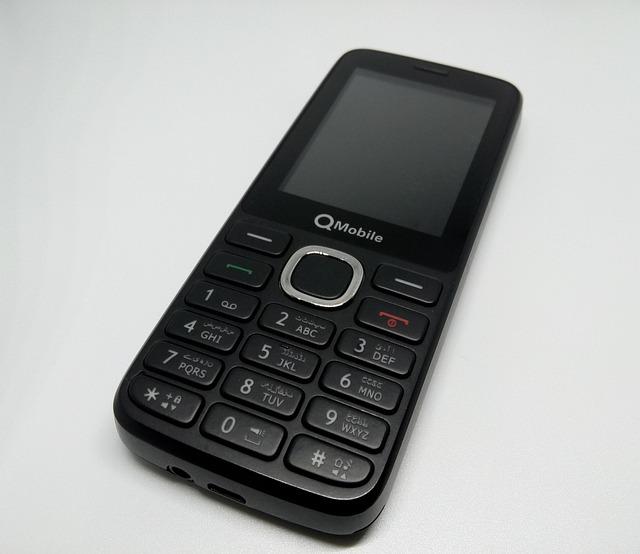- Introduction
- Importance of Plagiarism Checkers
- Top 10 Free Online Plagiarism Checkers
- Features to Look for in a Plagiarism Checker
- Tips for Using Plagiarism Checkers Effectively
- Conclusion
- FAQs
Introduction
In today's digital age, protecting your work from plagiarism is more critical than ever. Whether you're a student, educator, or professional writer, ensuring that your original content remains intact is vital. This article will guide you through the importance of plagiarism checkers, list the top 10 free online tools available, explore what features these tools should offer, and provide tips on how to use them effectively. By understanding and implementing these tools, you can safeguard your work and maintain your credibility in any writing endeavor.
Importance of Plagiarism Checkers
Plagiarism checkers are essential tools that help writers, researchers, and students ensure the originality of their work. In academic settings, plagiarism can lead to serious consequences, including loss of grades and expulsion. Professional writers who fail to check for plagiarism may face legal actions and damage to their reputations. Thus, understanding the importance of these tools is crucial.
In addition, with the vast amount of information available online, it is easy for someone to unintentionally copy someone else’s ideas or phrasing. Plagiarism checkers not only detect this but also provide you with the sources where the material might have originated, allowing you to properly credit them.
Furthermore, using a plagiarism checker is not just about avoiding consequences; it contributes to better writing practices. Regularly checking your work can improve your writing skills as you learn to paraphrase and structure arguments more effectively.
Ultimately, the benefits of utilizing plagiarism checkers extend beyond preventing plagiarism; they promote a culture of integrity and respect for the intellectual property of others.
Top 10 Free Online Plagiarism Checkers
As the demand for plagiarism checkers rises, many tools have surfaced, each with varying degrees of efficiency and versatility. Below are ten of the best free online plagiarism checkers available, detailing their strengths and weaknesses:
1. Grammarly
Grammarly is well-known for its grammar-checking capabilities but also includes a robust plagiarism detection feature. It compares your text against billions of web pages to identify similarities.
Strengths: User-friendly interface, detailed feedback, integration with various platforms.
Weaknesses: Some advanced features require subscription plans.
2. Quetext
Quetext offers a straightforward approach to plagiarism detection and provides a unique DeepSearch technology that enhances accuracy. It highlights matched texts and sources for easy referencing.
Strengths: Clear user interface, contextual analysis features.
Weaknesses: Limited word count for free checks.
3. Small SEO Tools
Small SEO Tools provides a simple plagiarism checker that scans your text across various platforms for duplicated content. It’s particularly useful for SEO professionals.
Strengths: Multiple features for SEO and content optimization.
Weaknesses: May produce false positives due to content overlap.
4. PlagScan
PlagScan is geared towards educational institutions and businesses, offering comprehensive reporting and integration options. It can also accommodate larger documents.
Strengths: Detailed reports, library features for institutional users.
Weaknesses: Some functionalities may not be available for free users.
5. Plagiarism Checker (Search Engine Reports)
This tool allows you to paste text for instant checks or upload files. It has a straightforward design and performs well for short submissions.
Strengths: No registration required, quick results.
Weaknesses: Limited in-depth analysis compared to others.
6. DupliChecker
DupliChecker provides an easy-to-use platform for scanning both text and URLs. Users can copy-paste their work or upload documents, making it highly versatile.
Strengths: Unlimited access to features without payment.
Weaknesses: Results can sometimes be inconsistent.
7. PaperRater
PaperRater combines grammar checking and plagiarism detection, providing analysis on writing quality and suggestions for improvement. Its dual focus makes it ideal for students.
Strengths: Real-time feedback on grammar and writing style.
Weaknesses: Limited functionality on the free plan.
8. Plagiarism Checker by Search Engine Reports
Another reliable plagiarism checker, this tool scans multiple sources simultaneously and provides a percentage match rate for copied content, making it straightforward for users.
Strengths: User-friendly, instant report generation.
Weaknesses: May not be suitable for lengthy documents.
9. Copyscape
Copyscape focuses more on web content, suitable for bloggers and online content creators looking to ensure originality. While it has premium features, its free version suits basic needs.
Strengths: Ideal for web-based content, competitive pricing for premium services.
Weaknesses: Requires gradual payments for in-depth checks.
10. Plagiarism Detector
The Plagiarism Detector supports a variety of formats and offers quick checks for smaller texts. It's particularly helpful for educators and students looking for an efficient solution.
Strengths: Simple interface, detailed reports provided along with matches.
Weaknesses: The extensive features are primarily locked behind a paywall.

(Image: Pixabay/@No-longer-here)
Features to Look for in a Plagiarism Checker
When selecting a plagiarism checker, certain features can make a significant difference in effectiveness and user experience. Here are some key characteristics to consider:
1. Accuracy and Speed: A reliable plagiarism checker should deliver quick results while maintaining high accuracy. Look for tools that index from a wide range of sources, including academic papers, blogs, and articles.
2. Report Features: The tool should provide detailed reports highlighting matched content with links to sources. A good plagiarism checker goes beyond simply indicating where content is similar and helps users understand how to rephrase it appropriately.
3. User-Friendly Interface: An intuitive interface helps streamline the checking process. Users should quickly navigate the tool without extensive prior knowledge of plagiarism detection.
4. Additional Features: Many good plagiarism checkers offer extra features including grammar checking, spelling suggestions, and integration with various writing platforms, enhancing overall writing quality.

(Image: Pixabay/@Naeem-Akram)
Tips for Using Plagiarism Checkers Effectively
While plagiarism checkers are incredibly useful, knowing how to use them effectively can amplify the benefits. Keep these tips in mind:
1. Before Submission: Always run your document through a plagiarism checker before submitting it. This step ensures that any unintentional plagiarism is caught and corrected.
2. Read the Reports Carefully: Don’t just glance at the results; take time to read the reports carefully. Understanding what qualifies as plagiarism and how to address it will help improve your writing skills in the long run.
3. Use Multiple Checkers: Different tools may yield different results. Utilizing more than one plagiarism checker can help you catch potential oversights and discrepancies.
4. Understand the Context: Not all matches signify plagiarism. Sometimes, common phrases or idioms create false positives. Be sure to analyze whether the matched content truly infringes on someone else's work.
Conclusion
Ensuring originality in your writing is indispensable in both academic and professional contexts. Free online plagiarism checkers are invaluable resources, allowing users to validate their content effortlessly. Armed with knowledge about the top tools and features to seek, alongside effective usage tips, anyone can preserve their integrity and produce high-quality, unique work. Remember to adopt best practices not only to avoid plagiarism but to foster a culture of originality and respect in all written communication.
FAQs
What is plagiarism?
Plagiarism is the act of using someone else's work, ideas, or expressions without proper attribution, thereby presenting them as one's own. This can apply to written texts, artwork, or music.
Why do I need to use a plagiarism checker?
Using a plagiarism checker helps you maintain originality in your writing, avoids academic dishonesty, and ensures proper credit is given to other creators. It enhances the overall quality of your work.
Are free plagiarism checkers effective?
Yes, many free plagiarism checkers provide effective results, though they may have limitations compared to paid versions. They are suitable for casual users or those wanting to check shorter texts.
Can plagiarism checkers check for paraphrasing?
Some advanced plagiarism checkers can identify paraphrased text, but their effectiveness varies. It is often advisable to follow up with a manual review of your work for thoroughness.
How often should I use a plagiarism checker?
Ideally, you should use a plagiarism checker every time you finish a new piece of work, especially before submission or publication. Regular checks instill good writing habits and stay aware of originality in your content.
